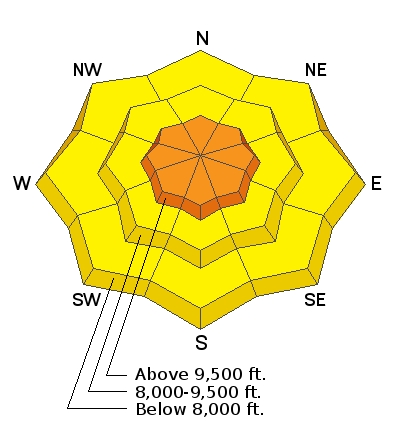Forecast for the Salt Lake Area Mountains

Issued by Nikki Champion on
Tuesday morning, April 12, 2022
Tuesday morning, April 12, 2022
This morning the overall avalanche danger is MODERATE rising to CONSIDERABLE as the storm continues to develop. Today's new snow may produce long-running sluffs or soft slab avalanches. Additionally, the elevated winds may create unstable slabs of wind-drifted snow at the upper elevations and some mid-elevation sub-ridges. Careful snowpack evaluation, cautious route-finding, and conservative decision-making will be essential in this terrain today.
Mid and low-elevation slopes generally had less wind, but human-triggered avalanches remain possible within the new snow. Pay attention to changing weather patterns.

Low
Moderate
Considerable
High
Extreme
Learn how to read the forecast here





